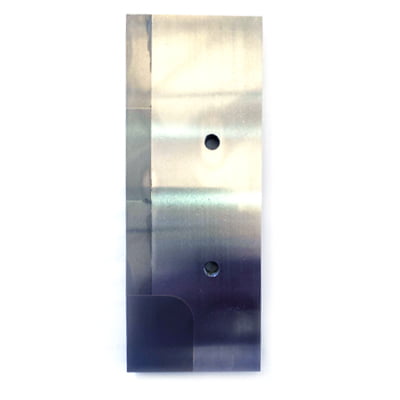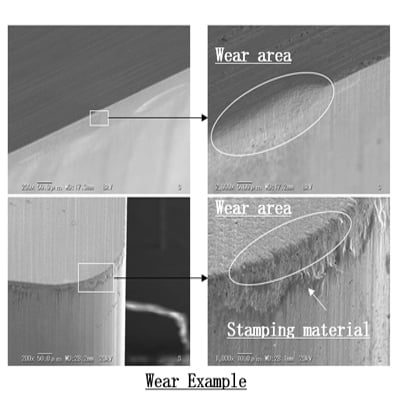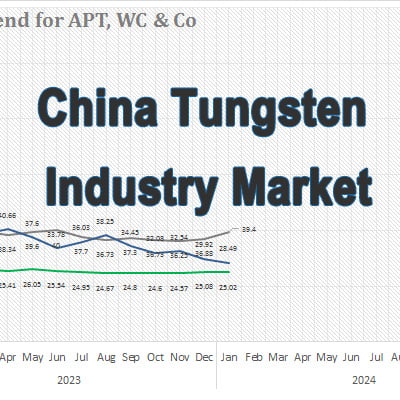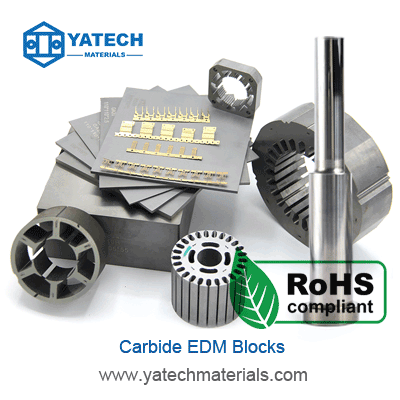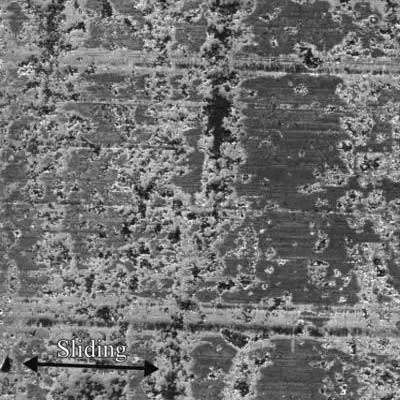
1. Common types and characteristics of mechanical wear
1) Running-in wear
Corresponding wear of machinery under normal load, speed, lubrication conditions, which develops very slowly.
2) Hard particle wear
The abrasive particles dropped by the part itself and the hard particles entering from the outside cause mechanical cutting or grinding and damage the parts.
3) Surface fatigue wear
Under the action of alternating loads, tiny cracks and pit-like pits are produced, which damage the parts.
This kind of wear is related to the pressure, load characteristics, parts materials, and size factors.
4) Thermal wear
During the friction process of the parts, the metal surface wears, the internal matrix produces a hot zone or high temperature, which causes the parts to have tempering softening, burning and wrinkling, etc., which often occurs in high-speed and high-pressure sliding friction, and the destructiveness of wear is more prominent. Accompanied by the nature of accidental wear and tear.
5) Corrosion and wear
Chemical corrosion causes wear, the surface of the parts is eroded by acid, alkali, salt liquid or harmful gas, or the surface of the parts is combined with oxygen to form hard and brittle metal oxides that are easy to fall off, which causes the parts to wear.
6) Phase change wear
When the parts work at high temperature for a long time, the grains of the metal structure on the surface of the parts become larger, and the oxidation around the grain boundaries produces small gaps, which make the parts fragile, the wear resistance decreases, and the wear of the parts is accelerated.
7) Hydrodynamic wear
Wear on the surface of a part caused by the impact of liquid velocity or particle velocity on the surface of the part.
2. Reasons for wear of parts and how to prevent them
(1) Normal wear and tear
1) Mutual friction between parts: ensure the cleanliness and lubrication of the parts
2) Wear caused by hard particles: keep the parts clean and cover the exposed parts of the parts
3) Fatigue wear of parts caused by long-term alternating load: eliminate gaps, select appropriate lubricating grease, reduce extra vibration, and improve parts accuracy.
4) Corrosion of chemical substances to parts: remove harmful chemical substances and improve the corrosion resistance of parts
5) Changes in the metallographic structure or matching properties of the surface of the parts under high temperature conditions: try to improve the working conditions, or use high temperature and wear resistant materials to make parts.
(2) Abnormal wear and tear
1) Repair or manufacturing quality does not meet the design requirements: strict quality inspection.
2) Violation of operating rules: familiar with mechanical properties and operate carefully.
3) Improper transportation, loading and unloading, storage: master the knowledge of hoisting and operate with caution.
3. Reasons and measures for shortening mechanical life after overhaul
1) Deformation of basic parts
Because the deformation changes the relative position of each part, it accelerates the wear of the parts and shortens the life of the parts. Reasonable installation and adjustment can be adopted to prevent deformation.
2) The balance of parts is destroyed
The parts rotating at high speed are unbalanced, which will accelerate the damage of parts under the action of centrifugal force and shorten the life of parts. Strictly carry out dynamic balance test measures to prevent.
3) No running-in is performed
The mating surfaces of the replaced parts are not properly run-in. With time, the wear of the mating surfaces of the parts will increase, and the life of the parts will be shortened. The preventive measure is to run in the accessories.
4) Low hardness
The repaired parts are improperly selected, the surface hardness cannot be reached, or the heat treatment is unqualified. Preventive measures: Select materials as required and conduct reasonable heat treatment.
Carbide is recommended instead of wear-prone materials for best results.
Carbide high hardness, fine grain, corrosion resistance. It is a good wear-resistant material.

